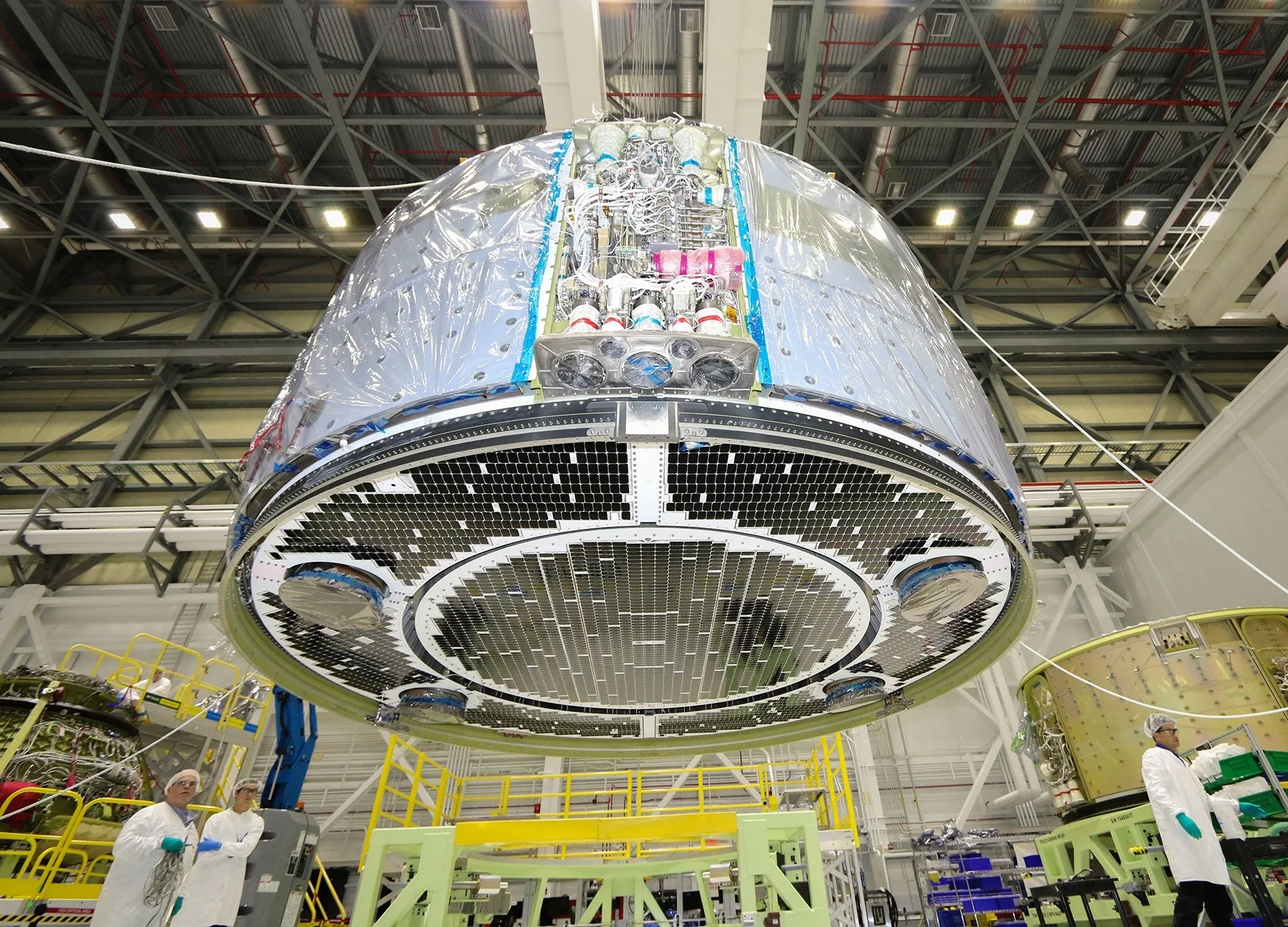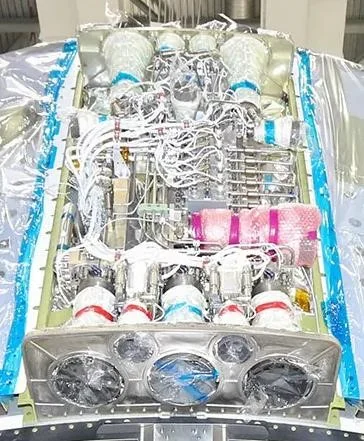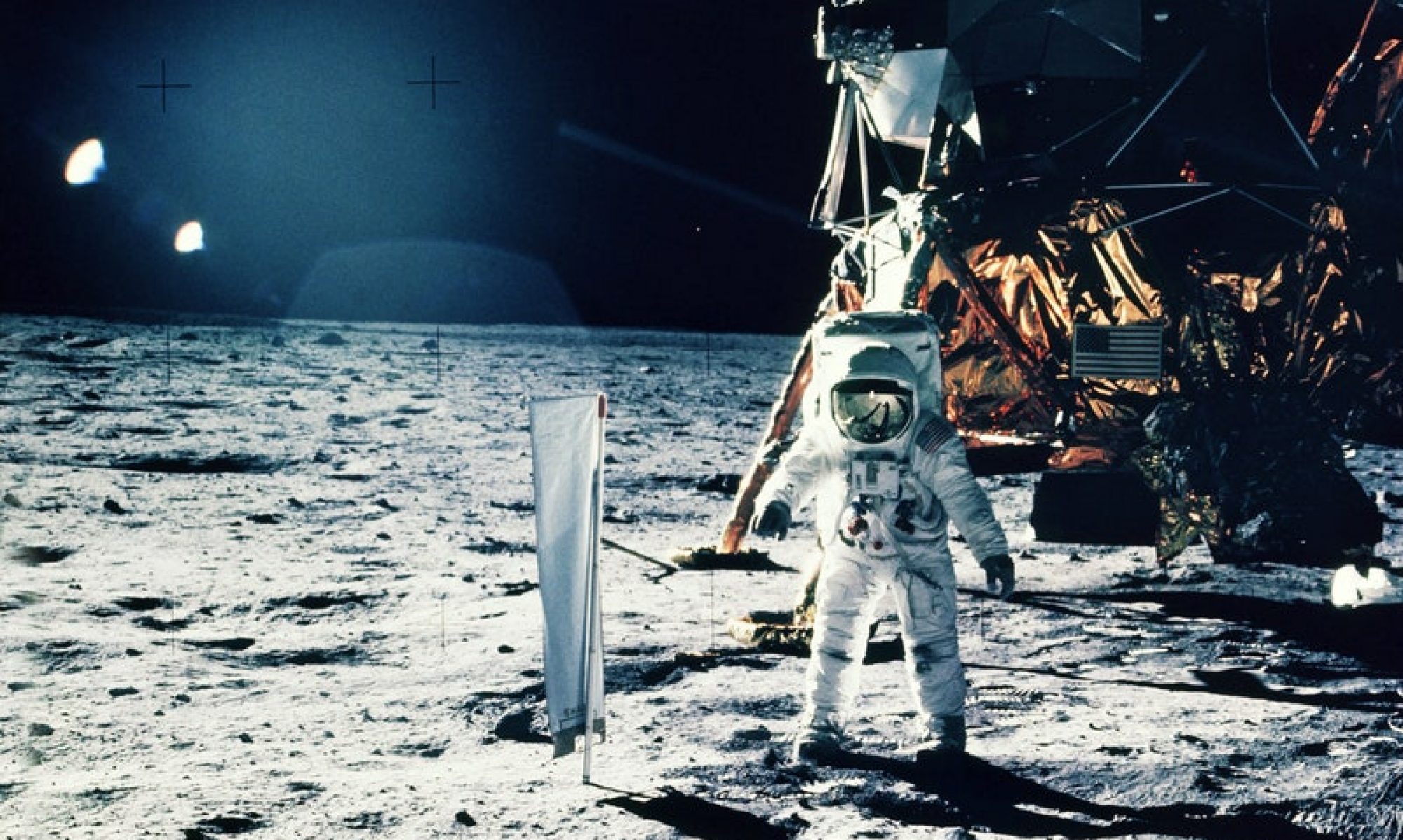Remember the iconic Apollo Lunar Module? Its Reaction Control System (RCS) was a marvel of engineering, allowing precise maneuvering in the unforgiving vacuum of space. But even this groundbreaking system wasn’t without its challenges. One was Thruster Troubles in Space.
Apollo Warning System for Thruster Troubles in Space
Let’s dive into the Apollo Lunar Module’s caution and warning system. One crucial indicator was the RCS TCA light. This little bulb could spell big trouble if it lit up, signaling issues with thruster firing or, worse, opposing thrusters activating simultaneously. Imagine trying to parallel park your car, but instead of smooth steering, your wheels are fighting against each other!
The Apollo engineers had a clever solution to Thruster Troubles in Space. If the RCS TCA light came on, astronauts would first check if the spacecraft was stable. If all was calm, they’d simply recycle the caution and warning system – the space equivalent of turning it off and on again. But if things got dicey, with the craft spinning or behaving erratically, more drastic measures were needed. This involved quickly disabling the problematic thruster pair and potentially shutting down an entire quad of thrusters,
Boeing Starliner Thruster Troubles in Space
Fast forward to today, and we’re seeing echoes of these challenges in modern spacecraft like Boeing’s Starliner. During its orbital flight test, Starliner experienced multiple thruster-related issues. While the specific problems differed from those of the Apollo era, the fundamental challenge remains the same: ensuring reliable, precise control in the unforgiving environment of space.

What’s particularly intriguing is how the solutions have evolved. The Apollo-era fixes were largely manual, relying on quick-thinking astronauts. Today’s spacecraft incorporate sophisticated software and redundant systems to detect and correct thruster anomalies automatically.
The Answer to Thruster Troubles in Space
But here’s the million-dollar question: As we push further into space, aiming for Mars and beyond, how will our thruster systems evolve? Will we see revolutionary new propulsion technologies, or will we continue refining the tried-and-true methods born in the Apollo era?

Space enthusiasts, what do you think? Are thruster issues an unavoidable challenge of spaceflight, or do you believe we’ll develop foolproof systems in the future? Share your thoughts on how to handle Thruster Troubles in Space in the comments!
And remember, the next time you see a spacecraft maneuvering gracefully in orbit, spare a thought for the complex dance of thrusters making it all possible. It’s a testament to human ingenuity, from the Apollo pioneers to today’s engineers, continuously pushing the boundaries of what’s possible in space exploration.
Support Us: Elevate Your Experience for $4 a Month
Our new format promises a richer experience. For just four dollars a month, you’re not only supporting a passion project but becoming an integral part of it. Join us in this cosmic journey; your support makes our interactive virtual exhibits even more stellar. Spacecraft Interactive Virtual Museum | creating Interactive Virtual Museum Exhibits | Patreon
Stay tuned for more cosmic revelations. Spacecraft Guide continues to unravel the wonders of space, one switch at a time. Your support and curiosity drive us to bring the wonders of space to your screens at Blog – Spacecraft Guide. Until then, keep your eyes on the stars and your curiosity alive!
